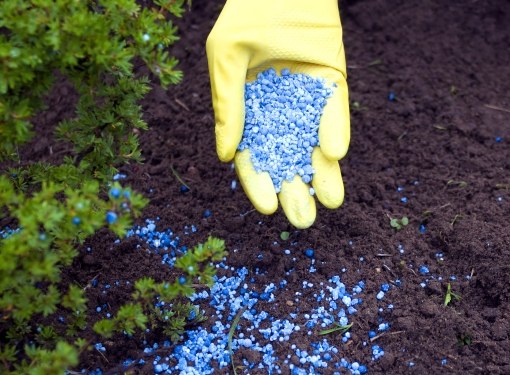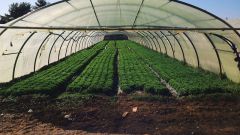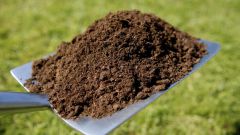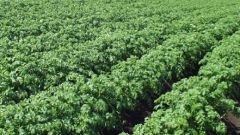The use of organics
Manure is a source of nitrogen needed by the plants. If they do not have enough nitrogen, they have pale leaves, the stalk becomes brittle and the plant eventually dies. Anyway, fruiting from him should not wait. Particularly strong in nitrogenous substances plants need a period of rain and cold snaps.
Mineral fertilizers
With a shortage of phosphorus, the color of the leaves changes to dark green or bluish, their growth slows down, accelerates death. Lack of phosphorus also delays flowering in the plant.
From the potassium deficiency the leaves turn yellow and curl towards the bottom.
If the plant enough magnesium, there is a change in color of foliage in yellow, red, up to purple.
With a shortage of calcium may happen necrosis, which wither away the edges of the leaves, apical buds and roots.
In case of iron deficiency, plants develop chlorosis. Foliage becomes pale green, thin, tissue does not die, the fruiting is delayed.
Lack of boron also occurs the death of apical buds, roots, leaf mass, falling ovaries.
The lack or excess of fertilizer for plants is about the same as the lack or excess of food for humans. Not moisture a single "fed" plants. And if you want them not only grew healthy and produced a good crop, the plants need to "feed". But in moderation. When overfeeding the plant degenerates, and in the fruit concentrate harmful substances.
Rules for applying fertilizers
The plants of the garden need organic and chemical fertilizers. There are basic rules of fertilizer for a vegetable garden. The slurry is in the fall for potatoes, by late cabbage, and cucumbers under in the next year. Under early cabbage and onions are best to make humus. Under the roots organics do not contribute in the fall is done in the spring. Manure and lime cannot be simultaneously, because this reduces the effectiveness of their actions. Ash and manure also must be separated in time, and not make together. For local application while sowing seeds and planting seedlings, the dose of fertilizers reduce by half. When introducing drip for planting ensure that fertilizer does not impinge on seeds: first added fertilizer, mixed with soil, then poured a layer of earth not less than 5 cm, and then the seeds are sowed.
Mineral fertilizer alternate with organic: mullein, bird droppings, horse manure, compost. Microfertilizers are used for the root additional fertilizing of all of the above cases, when the plant signals the lack of a particular element.



